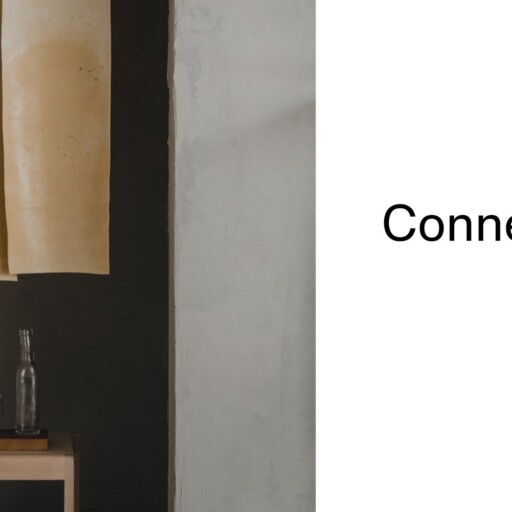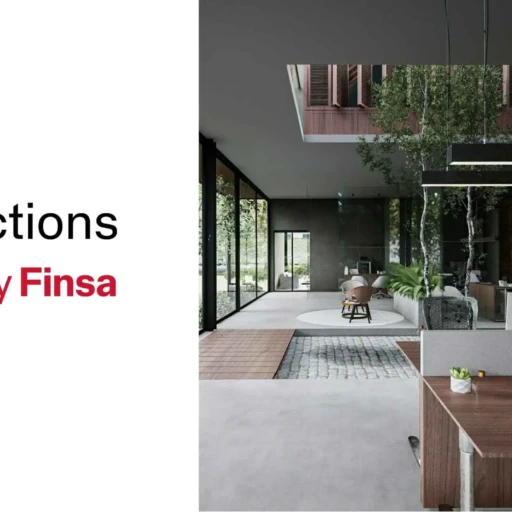Takeaway has ceased to be a secondary option and has become one of the most popular and profitable forms of consumption in urban restaurants. The COVID-19 pandemic accelerated a shift that had already been brewing: eating out but not inside a restaurant.
This new habit has forced architecture and interior design professionals to rethink spaces from a functional perspective, but also a sensorial one: the current takeaway customer profile is not only looking for speed, but also convenience, a clear experience, and an aesthetic that reinforces their purchasing decision. In this context, design must not only address logistics but also build a brand and offer a micro-experience that, even if short-lived, is memorable.
Keys to functional design for takeaway
One of the main challenges of takeaway design is the efficient organisation of the flow of people passing through it, from the staff and delivery drivers to, of course, those who will taste the final product. Every customer should be able to enter, choose, pay, and exit without interference or bottlenecks. To achieve this, it is key to visually and physically separate the waiting, pickup, and ordering areas.
The materials must be durable and easy to clean, given the high traffic in these premises. But that doesn’t mean sacrificing aesthetics: technical solutions in wood allow you to combine hygiene with a polished appearance.
The space must also be able to quickly adapt to different times of day, anticipating peak traffic with mobile elements or panels that intuitively guide the flow of people.
Ver esta publicación en Instagram
Communicable aesthetics in seconds
The visual appearance of a takeaway establishment is its calling card. As this is a very short experience, the visual impact must be immediate and consistent with the brand identity. Colours, shapes and materials must work together to convey a clear message.
Lighting plays a crucial role: it must be functional, yet also create an inviting atmosphere. In this sense, retail resources such as window dressing are gaining prominence, even in the smallest formats.
Packaging, often visible or on display, is also part of interior design. Designing with consideration for how packaged products are stored and presented improves both efficiency and brand perception.
Ver esta publicación en Instagram
Takeaway as a gastronomic experience
Although it is a fast-paced format, takeaway should not neglect offering a carefully curated experience. Elements such as ambient music, the presence of pleasant fragrances, or the opportunity to observe the product’s manufacturing process reinforce the emotional connection with the space.
Waiting areas, even when short, can be designed to provide comfort. Benches integrated into the furniture, mobile phone chargers, or small shelves with products to go can make a difference. Every touchpoint is an opportunity to build loyalty: from a friendly message on a screen to stylish elements that guide the customer through the journey.
Ver esta publicación en Instagram
Integrated technology in takeaway: efficiency and customisation
Digitalisation is a natural ally of takeaway. Self-checkout screens, loyalty apps, QR codes, and automated pickup systems allow for increased efficiency without losing personalisation.
Some establishments are implementing smart ticket machines or dispensers that deliver orders without human contact, an ideal solution for high-demand times or limited spaces.
At the design level, this involves providing clean integrations, without visible cables or improvised structures, reinforcing the perception of professionalism.
Inspiring case studies
- Taster (Paris): combines ghost cooking with in-person takeaway in minimalist, functional spaces that prioritise flow.
- Pret A Manger (London): New openings include self-service stations and pick-up areas with a strong focus on branding.
- Bao Express (Taipei): offers an intense sensory experience in less than 20 square meters, combining powerful graphics and evocative aromas.
- Wagamama to Go (various cities): adapts its offering to compact spaces while maintaining consistency with its parent brand.
- Kamon (Valencia): a sushi takeaway founded by Mercadona founder Juan Roig, which stands out for having brought Asian food to dozens of offices.
View this post on Instagram
Also think about the delivery chain
Takeaways coexist with another growing phenomenon: delivery companies. Therefore, it is important to think about a collection area and a well-structured flow that does not interfere with the person who is going to collect their food. Delivery staff must be able to quickly enter and collect orders without disturbing the restaurant’s atmosphere, even if it’s a takeaway restaurant. “The last thing anyone wants while thinking about their dinner is to see delivery drivers and customers coming and going, passing by them and talking about the takeout order they’re about to pick up”, explains Jude Kamal, founder of the Canadian restaurant studio Sansa Interiors.
In a world of quick decisions, design remains the best argument for staying, even if it’s just for a few minutes.




